In a world where countless brands boast about their “miracle” ingredients and extravagant claims, it can be overwhelming to know which products to trust and where to turn. We are dedicated to changing this industry and have done the research to bring you a list of sixteen toxic chemicals that are still being used in products today.
We hope this article will help you make informed and educated decisions about the products you buy and recommend. Although most store-bought products contain harmful chemicals, there are many products available that are chemical-free and beneficial for the skin. Our theory is that once you know what not to buy, selecting the right products will be easier.
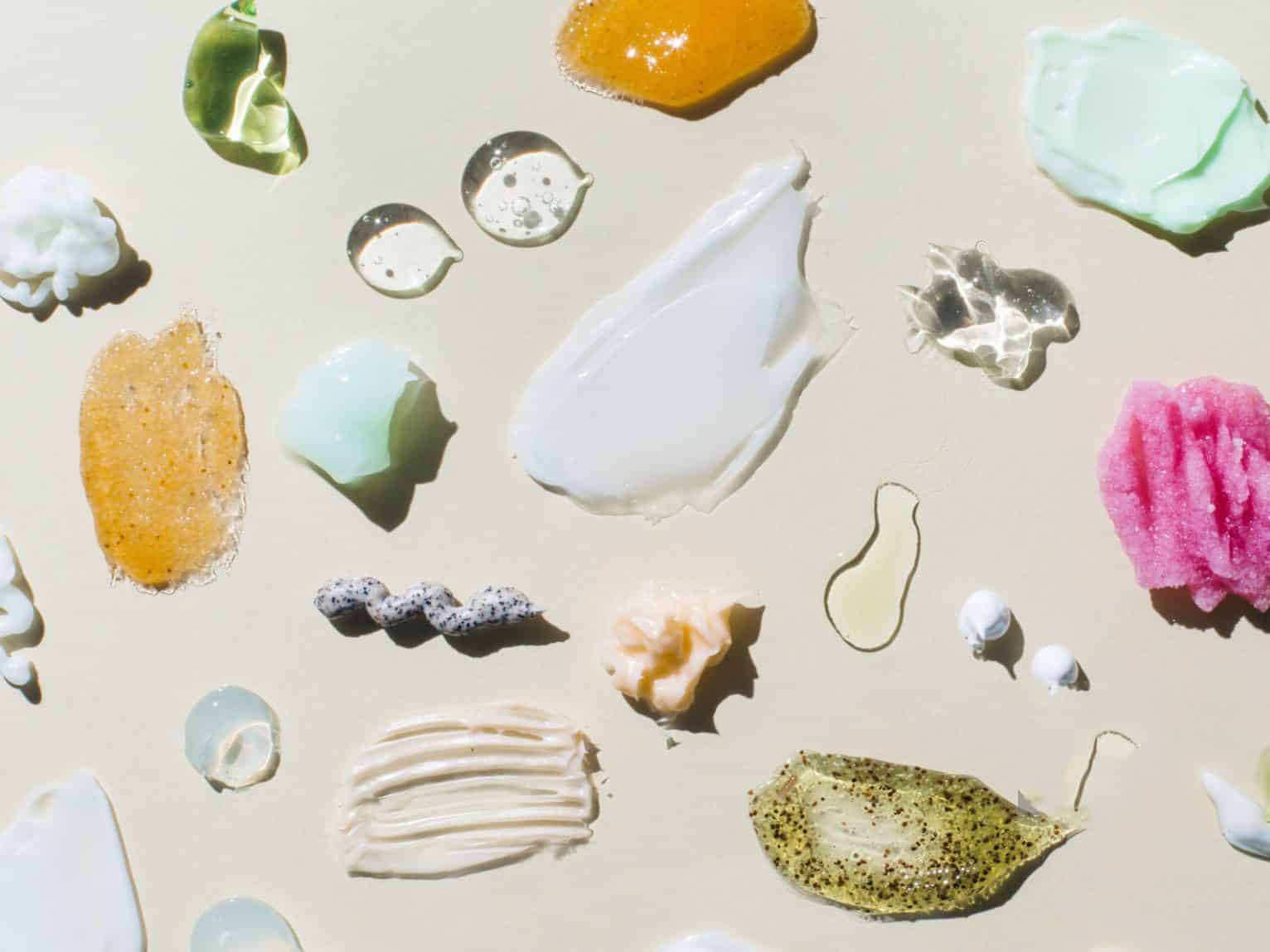
- Parabens
Parabens are the preservatives used in most skincare products to make them last longer. They can be found in a range of products, from soaps to moisturizers and even baby products. Research suggests that using them can cause a spike in estrogen production (female sex hormone) and that they mess with reproductive health and brain function.
Parabens are compounds that can penetrate your skin and mimic estrogen which can lead to rapid cell division in the breast. This can eventually lead to breast cancer.
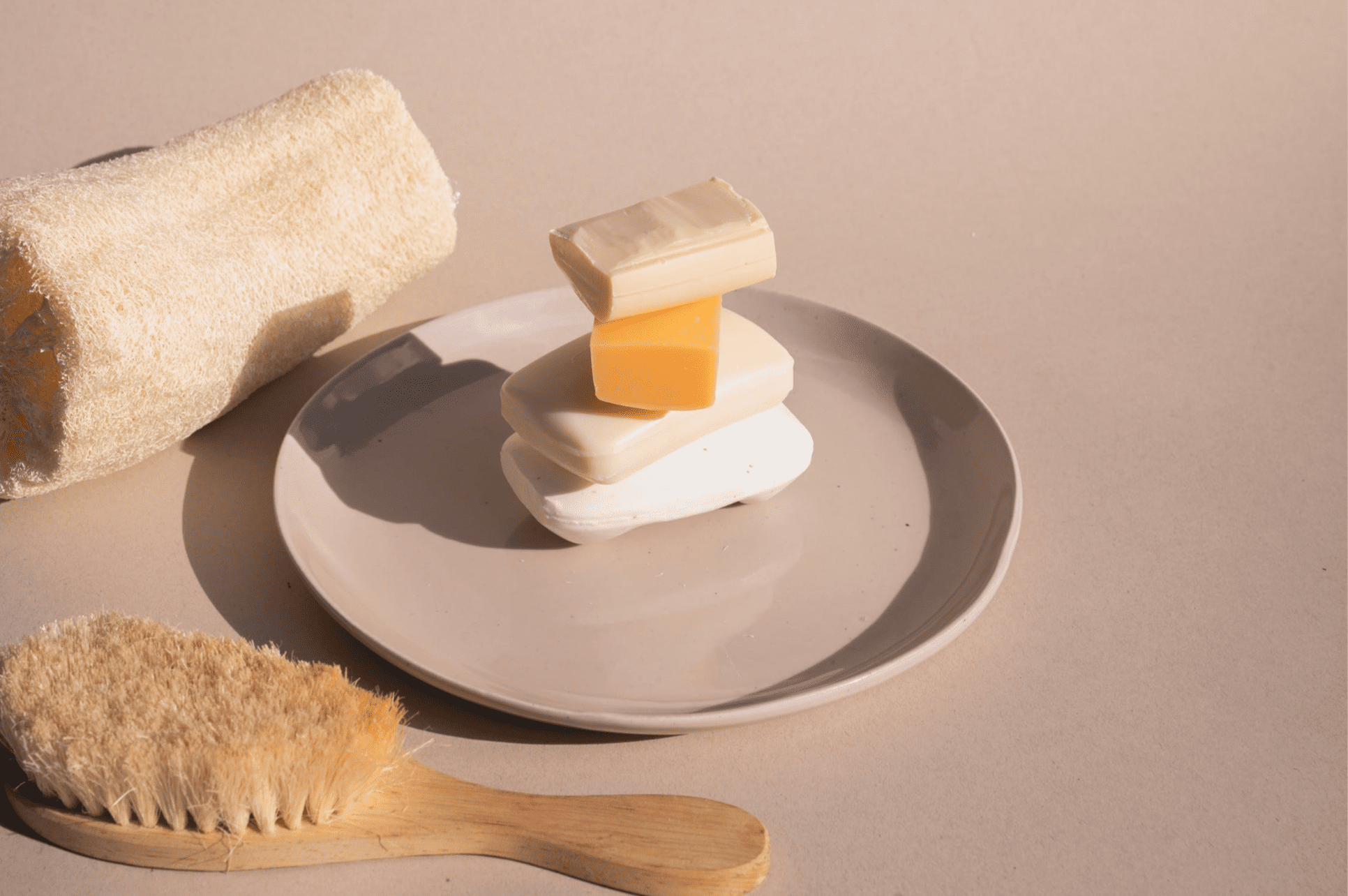
- Sulfates
Sulfates are salts that are formed when sulfuric acid (H2SO4) reacts with another chemical. They form naturally in plants and we use them as surfactants, to create froth. SLS is a sulfate used in many cleansing products like shampoos, soaps, and toothpaste, which can be irritating to sensitive skin
Exposure to sulfates can cause dry skin and irritation of the skin and eyes as well as many other side effects. There has been a lot of controversy over the use of sulfates. They have the potential to cause environmental issues which is why they are used with caution. Extracting them from natural sources like palm oil is causing the destruction of rainforests and habitats. When they get washed down the drain, they are dangerous to aquatic life forms.
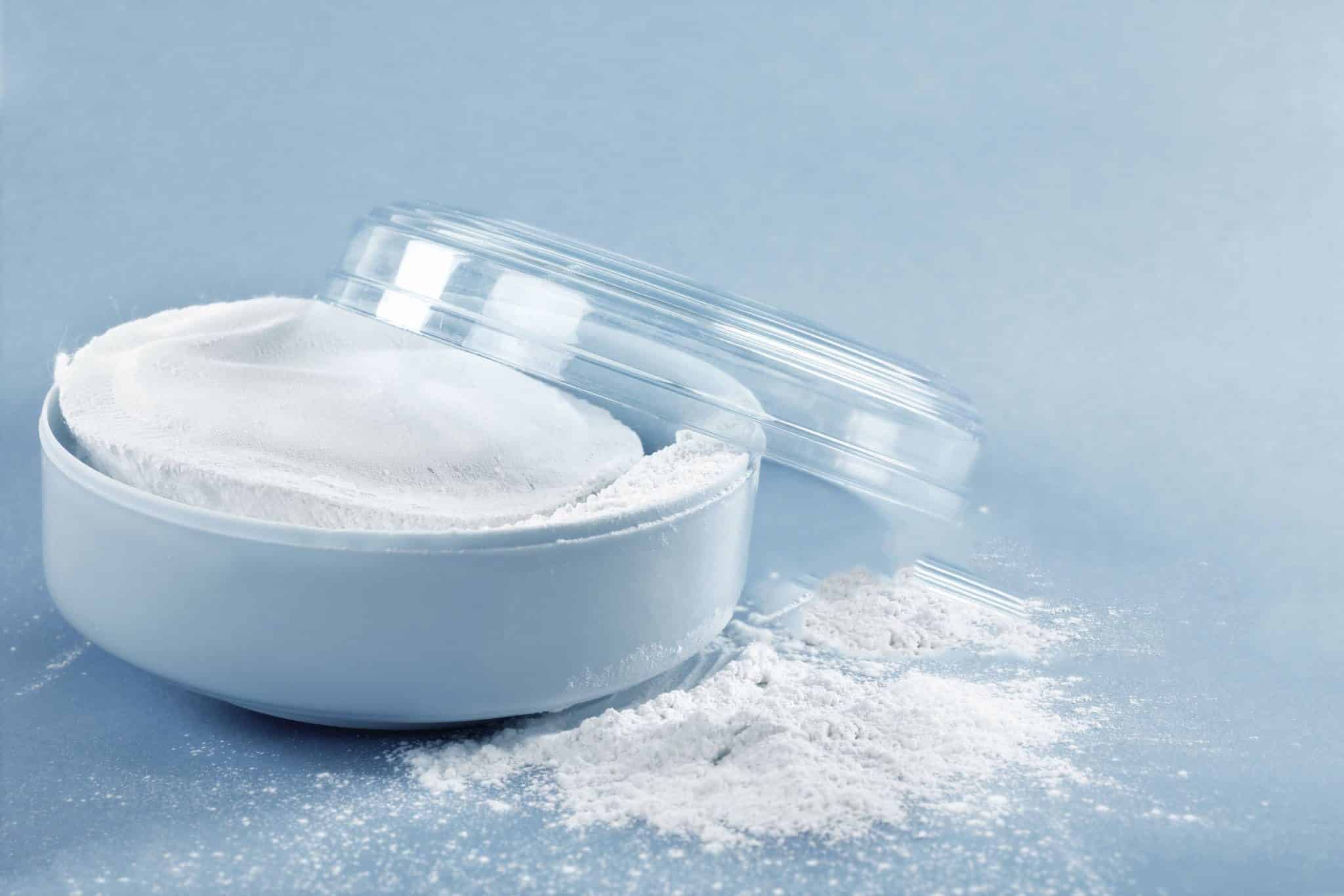
- Phthalates
Phthalates are plasticizers that are often used as softeners in things like vinyl, adhesives, and even used in nail polishes, perfumes, and lotions to name a few. Phthalate enters the body through inhalation, ingestion, and daily dermal contact, which has raised some concerns about its safety and whether it should be included in cosmetics.
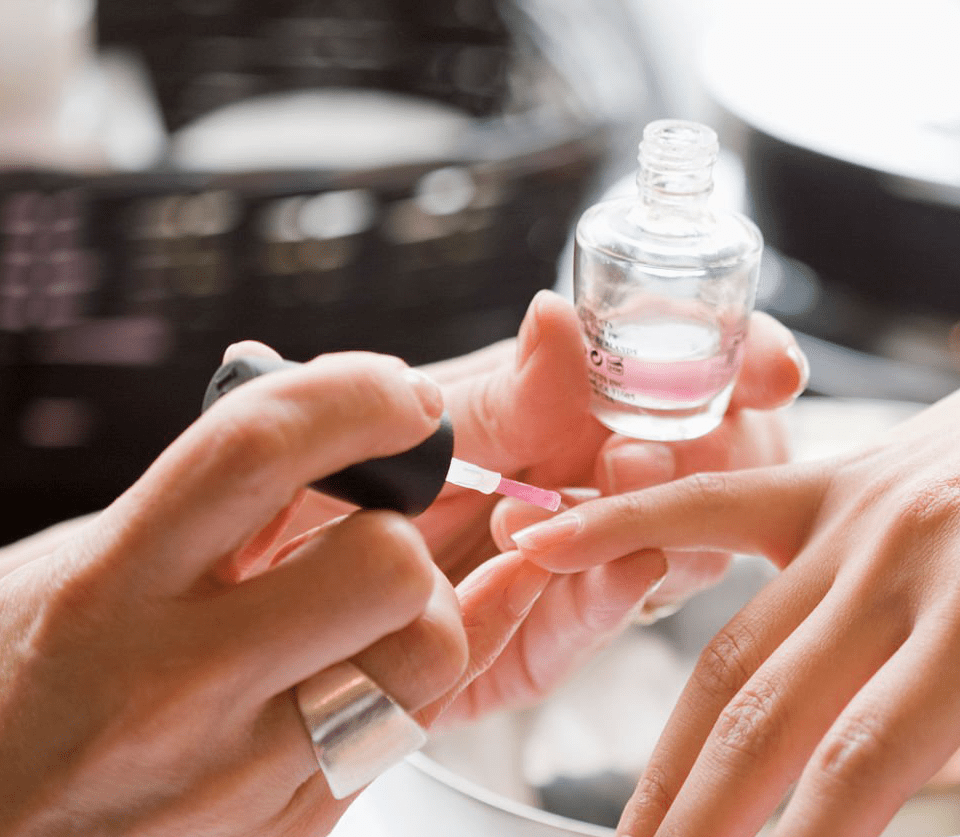
- Synthetic colors
Synthetic colors are derived from a petroleum or coal tar base. Coal tar is a thick, black and sticky liquid. It has such a strong smell that it can be very unpleasant to come into contact with. Do you use pigmented lipsticks? We should really think about the ingredients in these pigments. The more pigmented the lipstick, the higher the chances of increased coal tar content.
Coal tar is found in all sorts of eye makeup and it should be avoided. Synthetic colors cause skin irritation and acne breakouts.

- Fragrance
Fragrances are found in most cosmetic and skincare products, such as perfumes, body washes, moisturizers, and hair products. The use of chemical fragrances has been linked to respiratory disorders and skin allergies which can lead to dermatitis and side effects on the reproductive system.
Currently, it is not compulsory for manufacturers to transparent about what’s actually in their fragrances. They also do not have any organization restricting them from using fragrances. Fragrances may be carcinogenic, irritant, and an endocrine disruptors. So it’s time to switch to naturally scented products! We recommend Waxelene’s Lavender aerated balm, which is naturally scented with organic lavender oil.
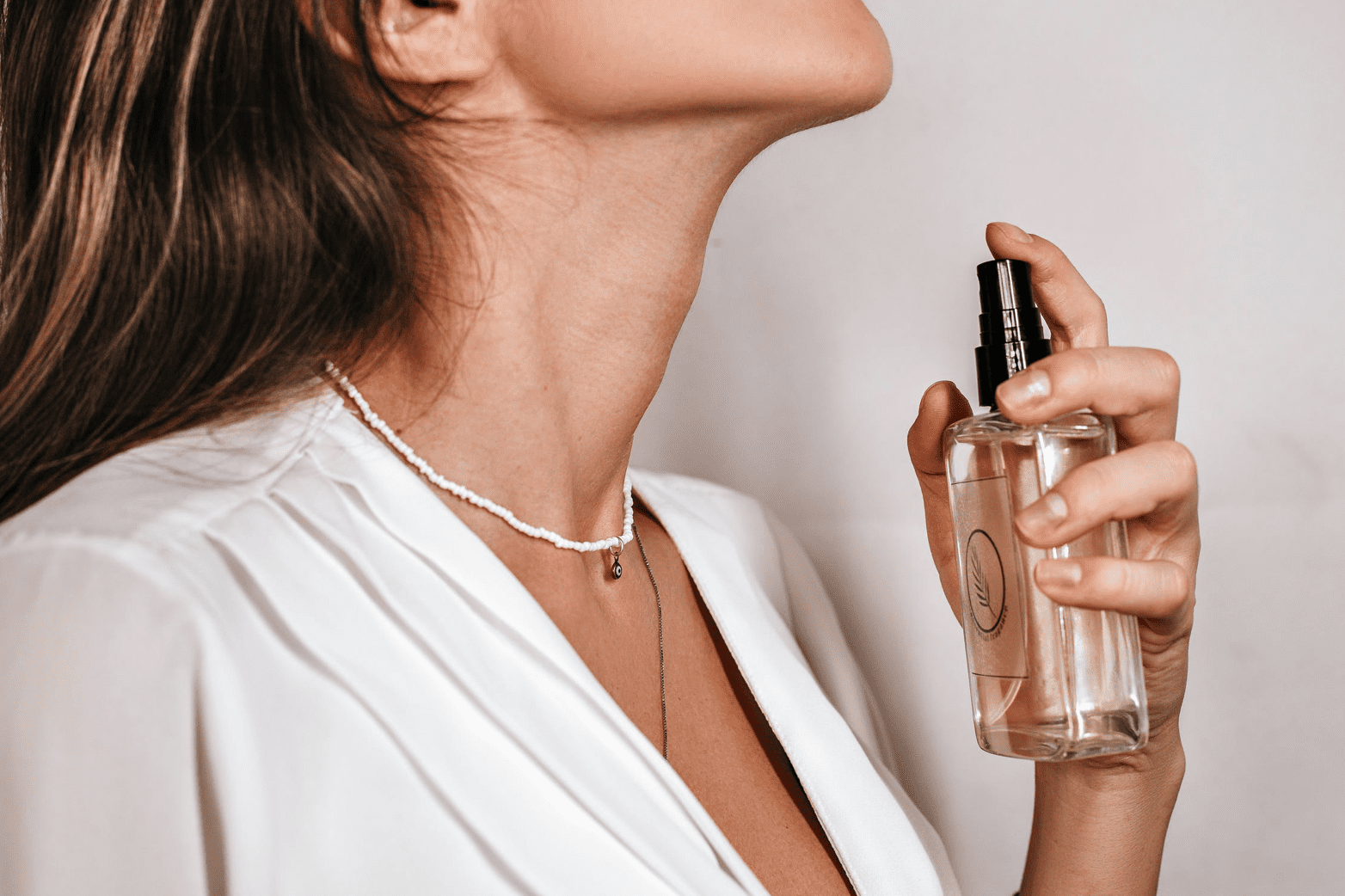
- Triclosan
Triclosan is a common chemical found in most toothpaste, antibacterial soaps, and sanitizers, as well as most deodorants. It is effective at killing microbes, but it also has some long-range, unintended side effects. It can disrupt the endocrine system and cause skin irritation. Some studies reported that triclosan can lead to gut inflammation and digestive complications.
Triclosan is an environmental pollutant and can take a long time to break down. It’s also harmful to aquatic life, just like sulfates.

- Toluene
Toluene is a harmful chemical found mostly in hair dyes and nail polish. They may have some negative side effects on your immune system and may be dangerous if you are pregnant. Toluene can also affect the central nervous system and can lead to fatigue, headaches, nausea, and drowsiness.

- Talc
Talcs are used to absorb moisture and can be found in eye shadow, blush, and some soaps. It is also found in baby products like baby powders. They’re also sometimes used for deodorants. Talcum powder feels so soft because talc is the softest mineral occurring naturally.
Talcum powder is strongly linked with ovarian cancer. This topic first came to light when it was discovered that a woman who used talcum powder made by Johnson & Johnson for 35 years died of ovarian cancer. When inhaled into the lungs, this type of powder can lead to lung tumors.

- Lead
You may not realize this, but lead is in some of your favorite cosmetic makeup. It can be found in lipsticks, eye-liners, foundation, and whitening toothpaste. Lead is not directly added to products but is a major contaminant in colorants used in products such as lipsticks.
Lead is a heavy metal that can be found all over the world. Lead exposure is an important public health problem, especially for children who are still developing. The U.S. FDA (food and drugs association) regulates the skincare and cosmetics industry and currently allows lead in 0 to 20 parts per million (ppm).
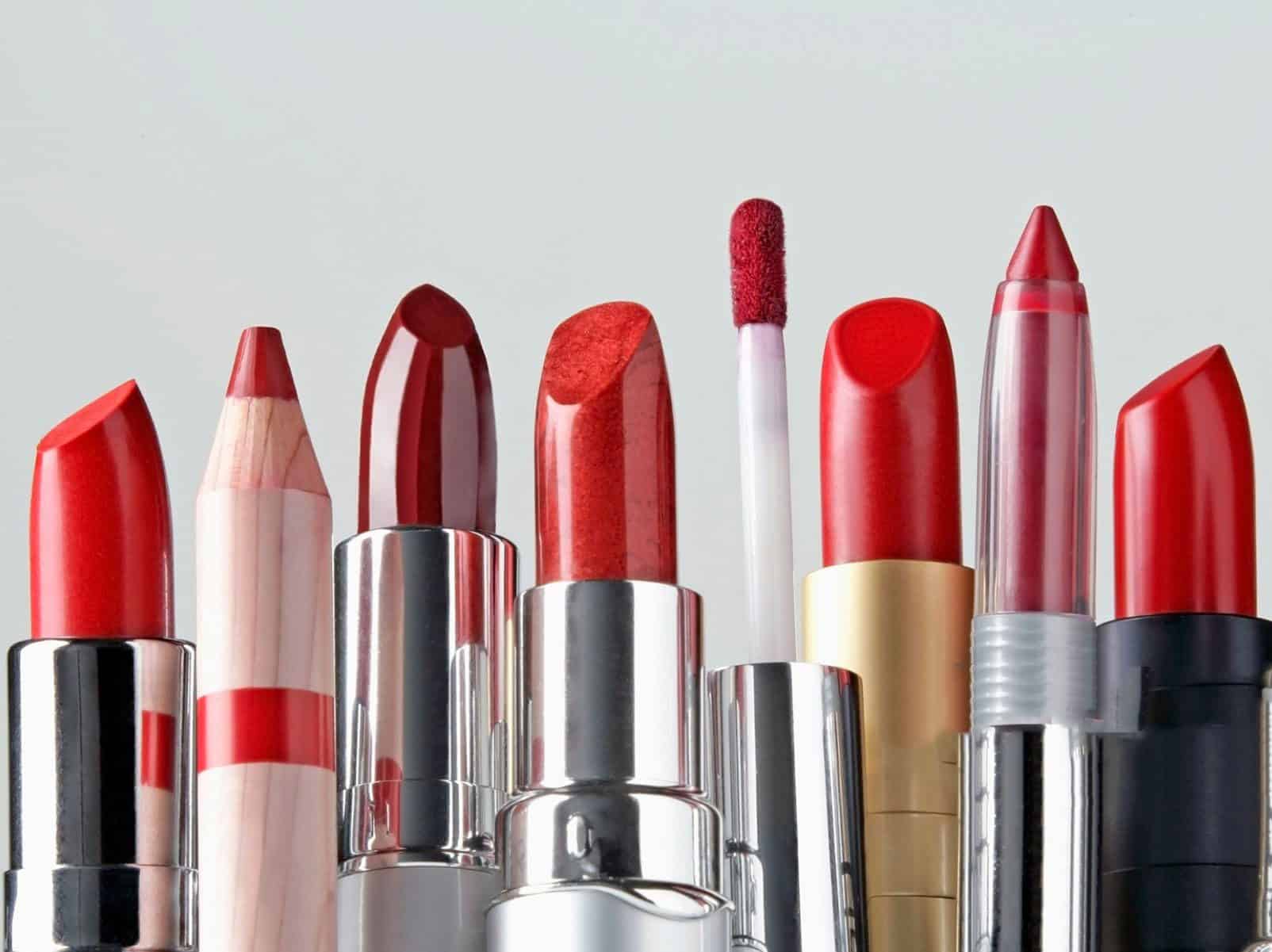
- Sunscreen Chemicals
Most sunscreens contain chemicals like PABA, benzophenone, oxybenzone, ethoxycinnmate, and homosalate. They are believed to protect our skin by absorbing light, but they cause damage with the protection. These chemicals found in sunscreen are known endocrine disruptors.
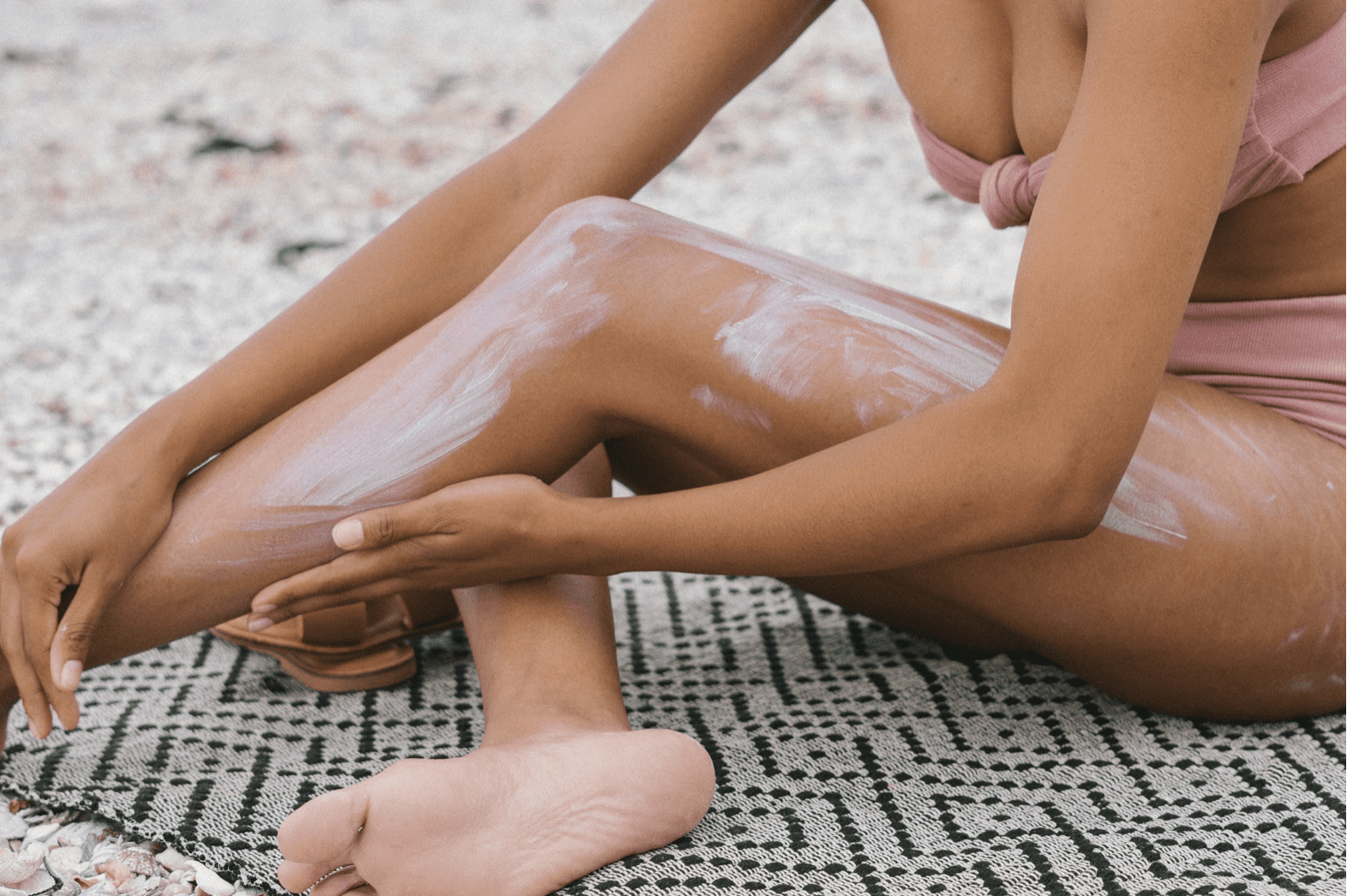
- Polyethylene Glycol (PEG)
PEG is most commonly found in lotions, sunscreen & shampoos. When used as a thickening agent, it not only helps increase the viscosity of ingredients like gels and ointments but also slows down product evaporation. It can cause cancer and respiratory disorders, as well as trigger your skin to produce oil faster. These excess oils often make your skin greasy and acne-prone.
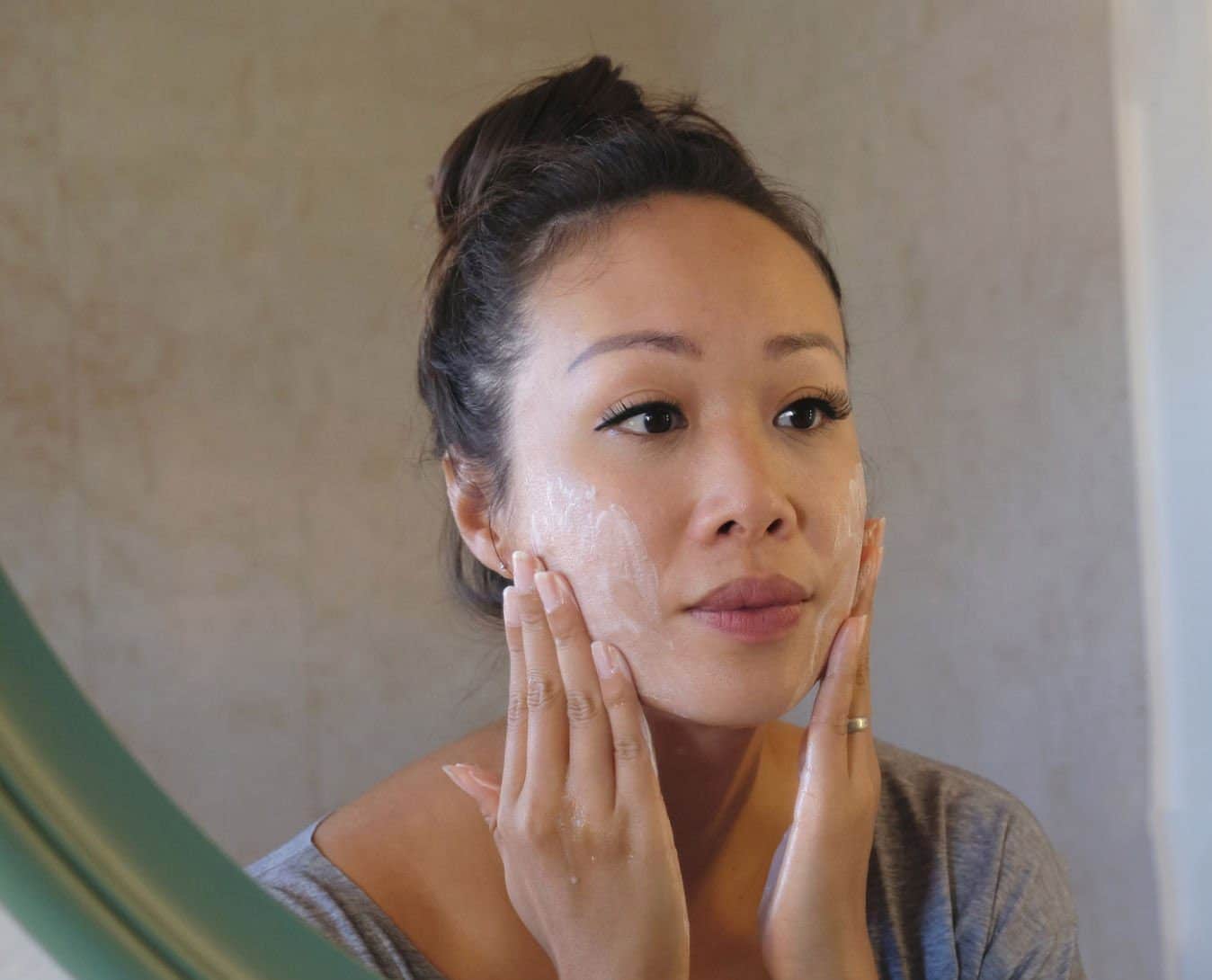
- Formaldehyde
Formaldehyde is used as a preservative for skincare products to prevent bacteria growth. It is a gas that can be colorless and does not have any distinctive odor. Formaldehyde can be found in nail polish, hair straightening treatments, hair gels, nail hardeners, shampoos, deodorants, lotions, and makeup. It has been linked to developmental toxins, hair loss, scalp burns, asthma, and neurotoxicity. Formaldehyde inhalation can result in severe dizziness or even suffocation.
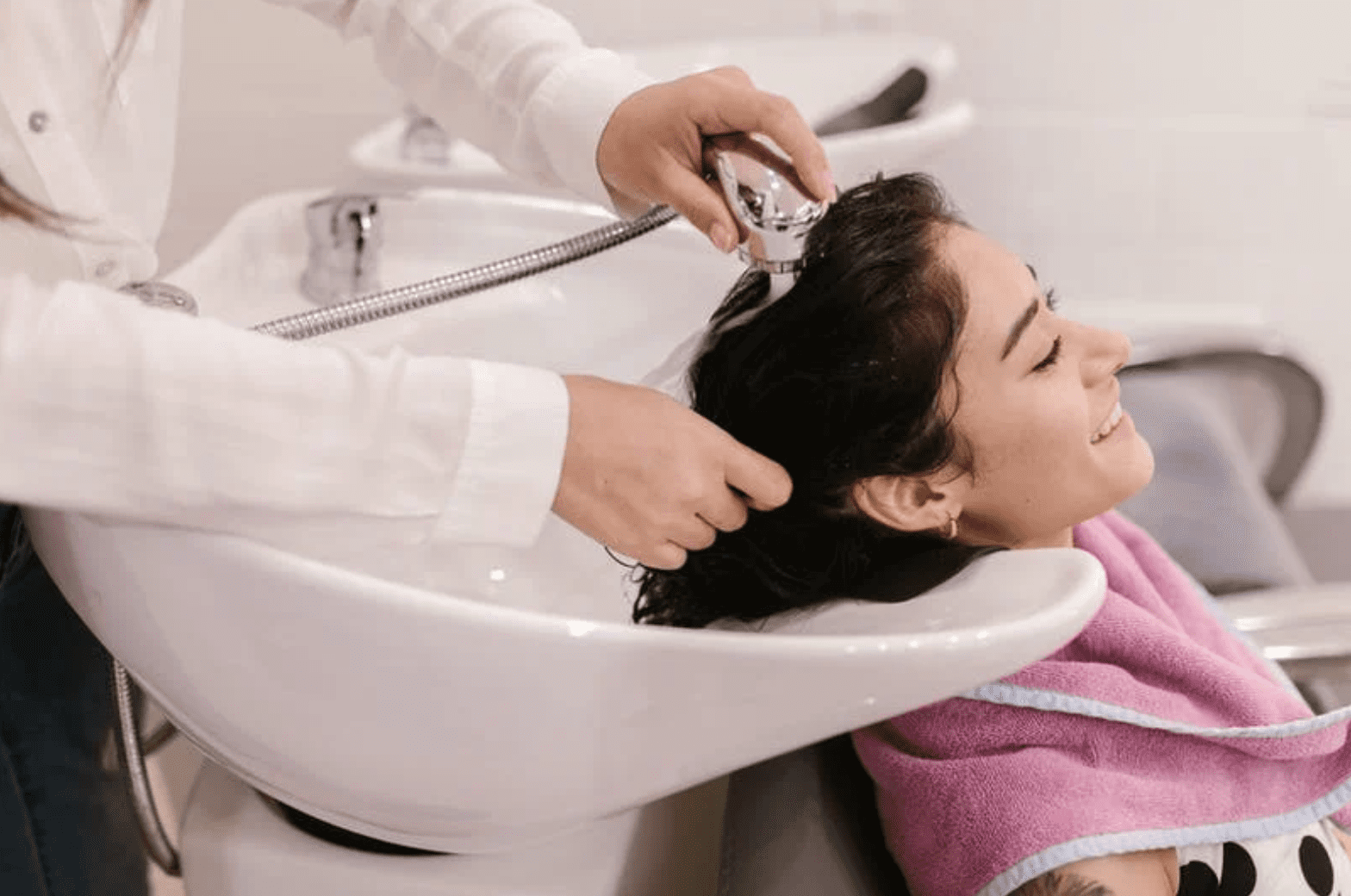
- Diethanolamine
We love foaming cleansers, body washes, and shampoos. Don’t we? But are you aware of the ingredient that helps in foaming? Diethanolamine is the ingredient that is found in these products and helps to create an extra rich and bubbly foam. It may be fun but it is a known cancer-causing agent and a respiratory toxin.
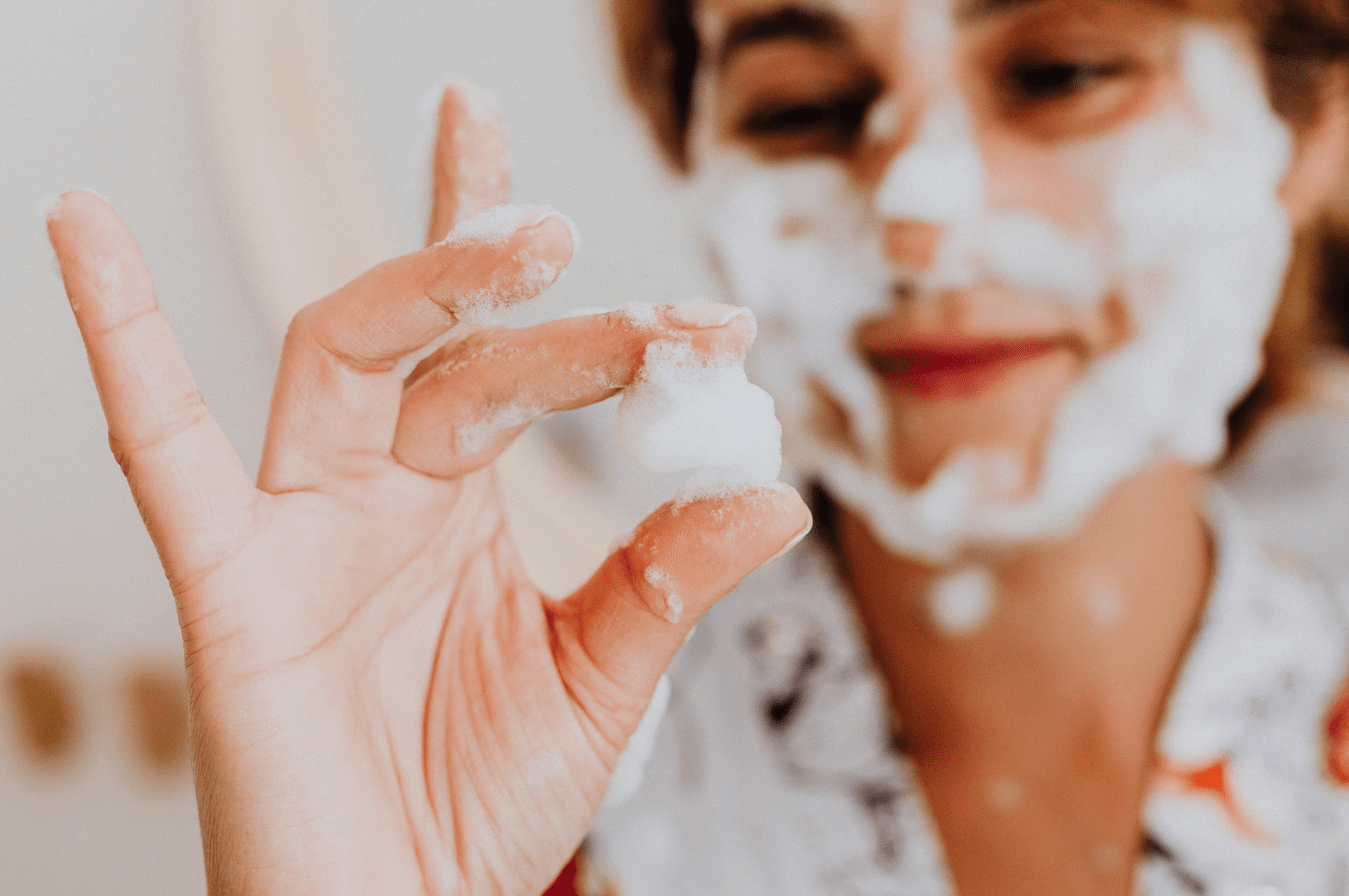
- Alcohol
Alcohol is a common solvent in skincare products. It helps them absorb better and is a great fit for certain creams and lotions. However, alcohol is toxic to the skin and should be used in small doses. Alcohol-based facial toners can dry out the skin, leaving it feeling tight and flaky. This disrupts the natural renewal process of the skin. However, not all types of alcohol are bad for your skin. Fatty alcohols, obtained from natural fats and oils, work for moisturizing your skin.
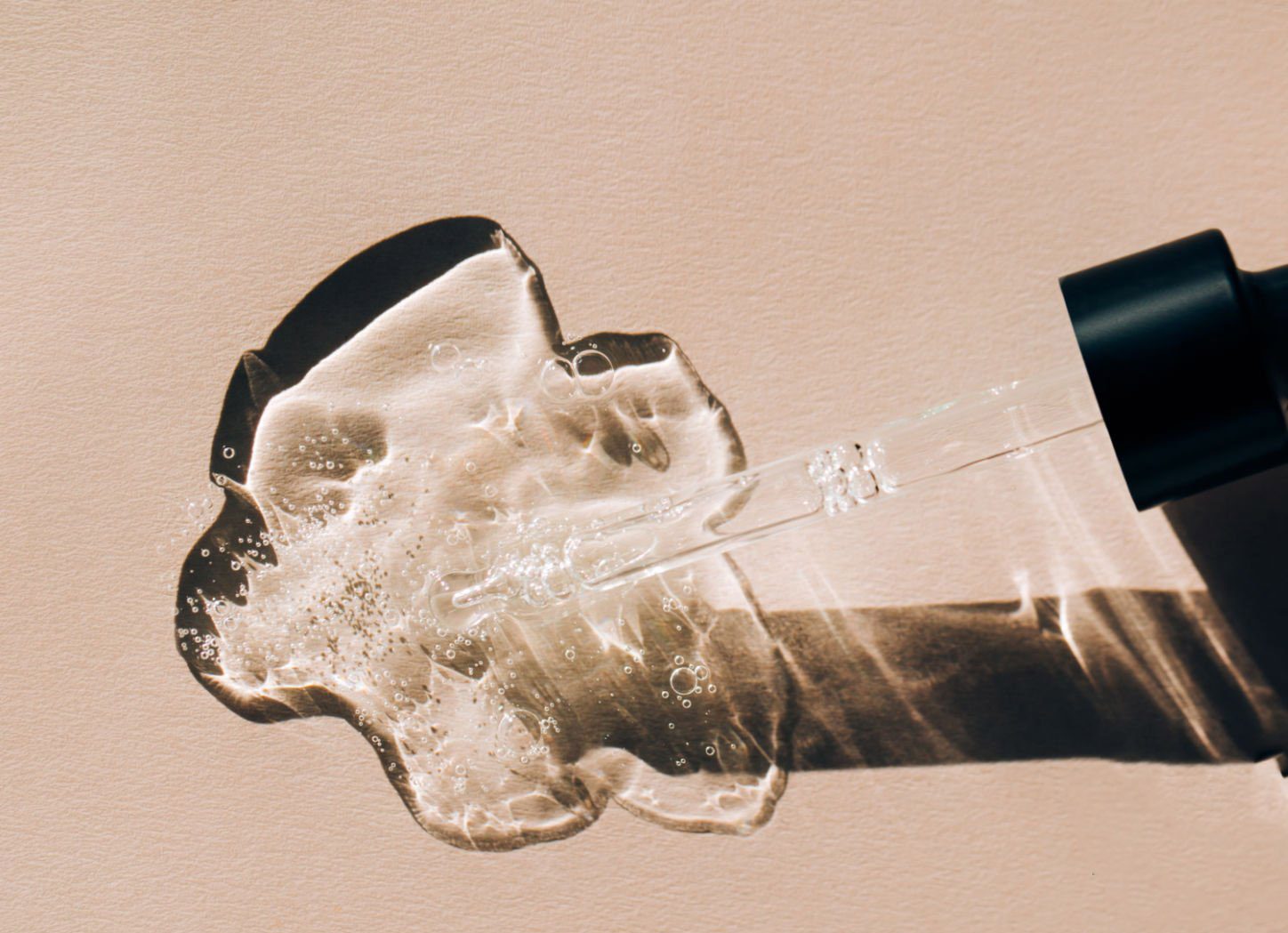
- Hydroquinone
Hydroquinone is used as a skin lightener in cosmetics. This substance is used to treat pigment-related problems, such as freckles and age spots. Hydroquinone works by decreasing the production of melanin cells, which are responsible for controlling skin coloration.
Hydroquinone is a popular ingredient in many skin-whitening products, but unfortunately, it’s also a carcinogen. It reduces melanin production to a large degree, so it can cause some people to lose pigmentation in their skin.
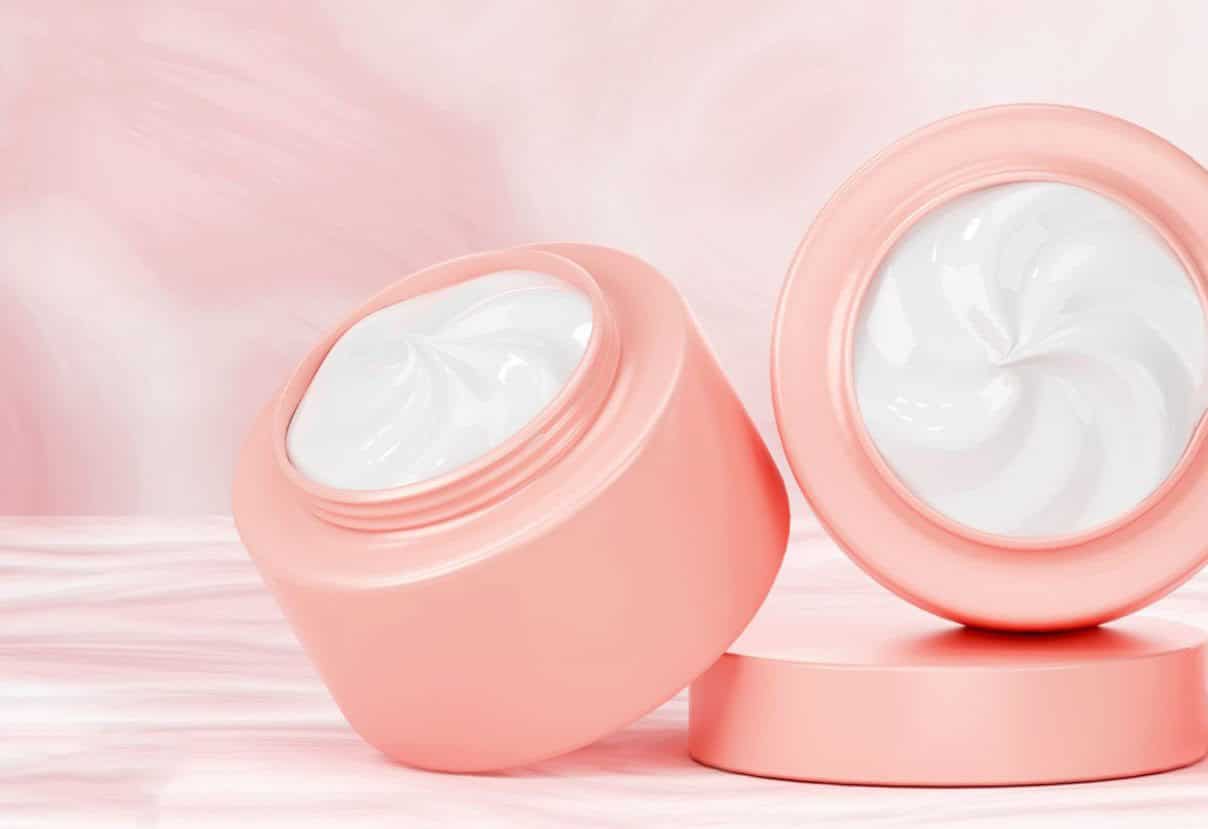
- Petrolatum
Petrolatum is a fat derived from petroleum that softens skin and is used in some lip balms. It does create a barrier to prevent moisture from escaping, it also cuts off the skin’s ability to absorb moisture from the air. When your skin gets dry, the barrier becomes thirsty and craves moisture. This is why you are tempted to reapply your lip balm again. When Petrolatum is not refined well, PAHs can be present in it.
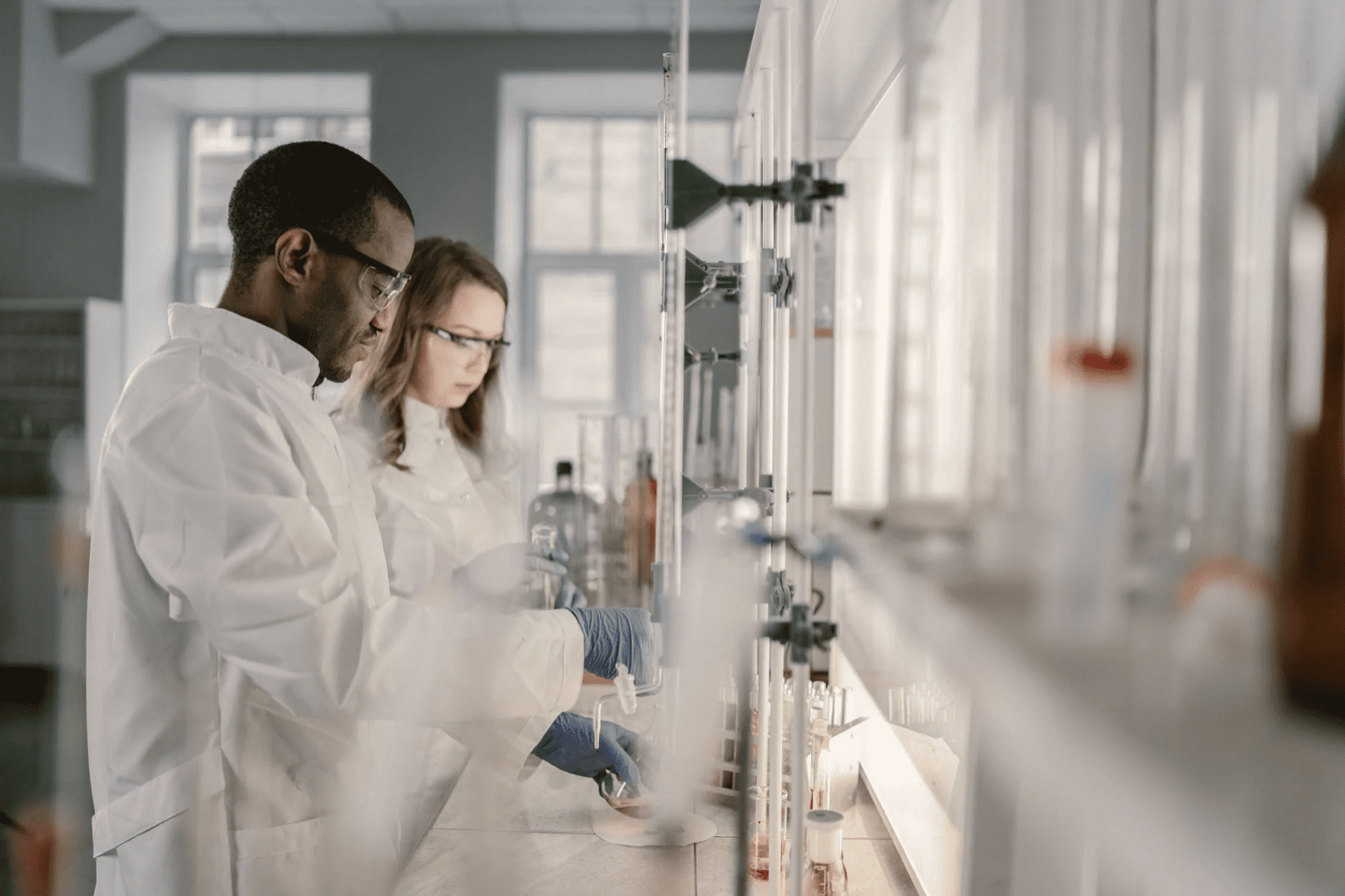
Next time you’re out shopping for skincare and beauty products, keep this list handy and look for a certified organic product with a short and natural ingredient list. Waxelene offers a fantastic range of products that prioritize your skin’s health and well-being.
Our all-in-one Aerated balm contains only four organic ingredients that are all proven to nourish your skin. But that’s not all—our new line of body, hand, and face washes is also made with four natural and organic ingredients designed to gently care for your skin.
Now that you have read this information, please go to your bathroom and check for the ingredients listed in the list above. Even if you love your product, it’s always worth considering alternatives.
Your skin—and your health—will thank you.

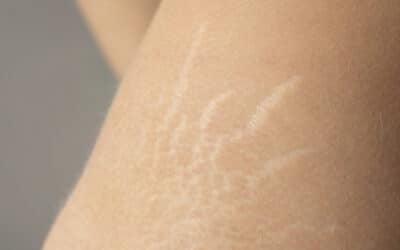
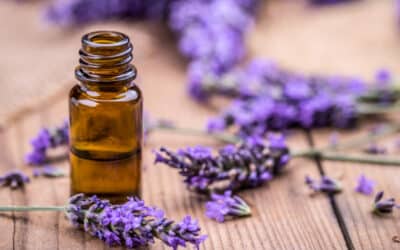


0 Comments